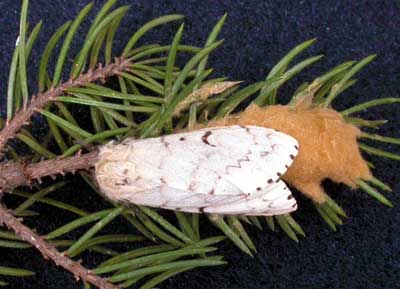Season ending tasks in the garden
Smart gardening tasks to close out the season for the garden and landscape.
Despite the colder weather in autumn, there are still many tasks to keep you busy before winter sets in. It is a good time to observe your plants and evaluate the state of the landscape. How did plants come through this past summer’s drought? Are there dead stems and branches?
This week alone I have taken three calls concerning trees that may have died during the drought. Before cutting down these trees, observe whether there are plump buds on the branches. Often stressed trees drop leaves early, but their buds may be alive and will open up in the spring. A dead branch has buds that are dried out and the twigs at the end of the branch look wrinkled. You can check by scratching the branch with a fingernail to see if the tissue under the bark is alive and green. If it is brown the tissue is dead. Buds on these branches often fall right off or are brown under the bud scales. Dead branches in shrubs should be removed before the plant becomes active in the spring. If you are still unsure, wait until early spring to see if the plant will open its buds.
|
Another task for the late fall is to check for gypsy moth egg masses as seen in Photo 1. The number and size of egg masses might be larger after this past summer, a result of dry conditions which are unfavorable for fungus. A fungus Entomophaga maimaiga attacks gypsy moth caterpillars in early to mid-summer, helping to keep the population of gypsy moth at low levels. This fungus kills the caterpillars before they can change over to a moth.
Dry weather this last May and June reduced the growth of the fungus and, in turn, allowed populations of gypsy moth to grow. Since many areas have seen small populations of gypsy moths living in the protected conditions of spruce branches, this would be the first place to look. Of course they can lay eggs just about anywhere; under picnic tables, in mailboxes, under loose bark or any other place female moths can access. If eggs are found, brush them off into a can of soapy water. Each egg mass you remove may eliminate 50 to 1,000 caterpillars before spring. For more information on Entomophaga maimaiga, see the Michigan State University Extension publication Entomophaga maimaiga – A Natural Enemy of Gypsy Moth.
Now that a dormant stage has come to your landscape and garden, a final task for the season is the cleanup. As the last of the perennials in your flower beds die down to the ground, the spent foliage still has great value. The dead plants from both the garden and flower beds along with leaves from trees can be utilized to build organic matter for your garden. Naturally, these materials break down as small organisms from bacteria to worms feeding on the dead organic debris. This process releases nutrients for plants next season and the organic matter that is left helps hold moisture in soils and binds to soil particles, creating a crumbly soil that’s better suited for plant growth.
The breakdown of the plant debris can be done in a compost bin or by spreading leaves (best if chopped with a lawn mower) over the surface of garden beds. A common catch phrase is “compost happens.” Whether plant debris is in a fixed compost bin, spread over a garden or in the leaf litter of the forest floor, compost does happen and is an amazing process where nature cycles materials and nutrients back into the soil to be used again.
As you clean up your landscape, make sure you leave some winter interest, such as ornamental grasses, dried flower heads of hydrangea, the seed heads of purple coneflowers, berries of Ilex verticillata (also known as Michigan Holly), and maybe even a slightly used Christmas tree. Beyond interesting to look at through the snow, these materials provide food and habitat for birds in winter, such as juncos, chickadees, and many other birds in the winter landscape.
For more information on a wide variety of smart gardening articles, or to find out about smart gardening classes and events, visit www.migarden.msu.edu. You can also visit us at the Novi Cottage and Lakefront Living Show on Feb. 21-24, or the West Michigan Home and Garden Show on Feb. 28-March 3.



 Print
Print Email
Email
